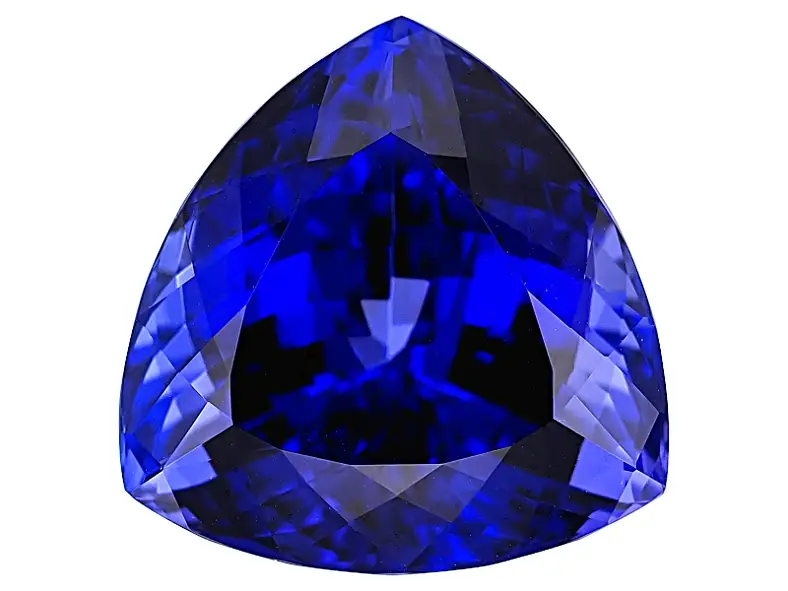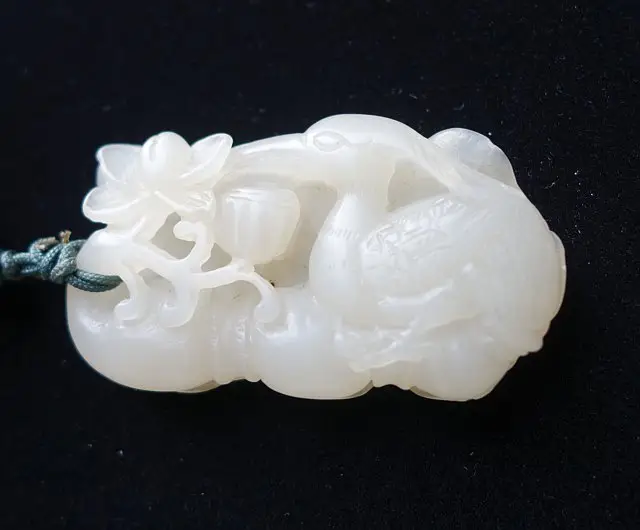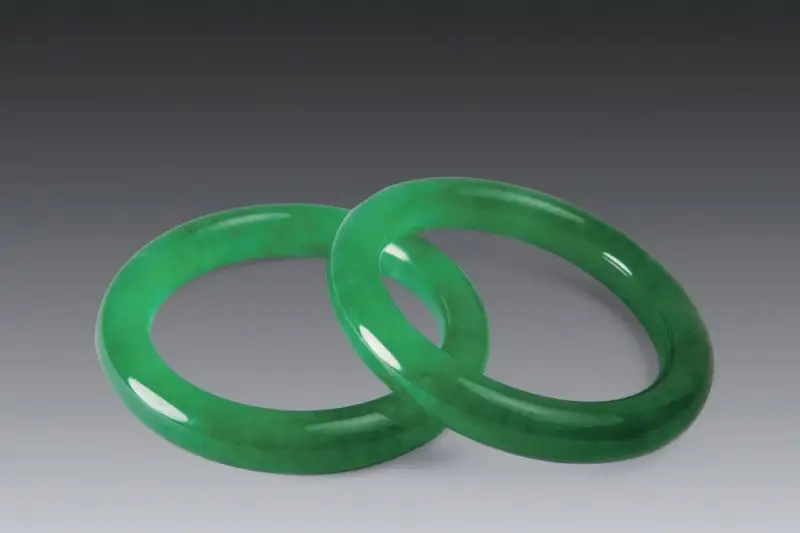Table of Contents
Introduction
Tanzanite, found alongside ruby in metamorphic rocks, first appeared in the gem market as carving material. Gem-quality blue tanzanite was discovered in 1967 in northern Tanzania, initially mistaken for sapphire by local tribespeople. Later, gemologists confirmed it to be a new variety of blue zoisite, eventually known as tanzanite. Before this discovery, most tanzanite was opaque green, used primarily for carvings. After the discovery of transparent blue tanzanite, Tiffany & Co. began promoting the gemstone.
Tanzanite
- Crystal system: orthorhombic crystal system
- Hardness: 6.5
- Specific gravity: 3.35
- Luster: Vitreous luster
- Transparency: Transparent to opaque
- Color: pink, yellow, brown, green, blue
- Refractive index: 1.69~1.70
- Birefringence: 0.01
- Fluorescence: None.
- Cleavage: complete axial cleavage
- Characteristics: low dispersion, strong pleochroism
Commercial Value of Tanzanite
The finest tanzanite colors are vivid blue, resembling top-quality sapphires, or a saturated indigo. Bluish violet and violet tanzanite are less valuable. In short, the most desirable tanzanite color is pure blue, with minimal purple or green hues, and a rich, vibrant tone. Colors that are too light or grayish are less prized.
Tanzanite’s color presentation is closely related to its cutting orientation. Due to its strong pleochroism, the cutting direction influences the face-up color of the gemstone. Ideally, the gem should be cut to show the pure blue hue, but this direction often results in more material loss. As a result, most tanzanite is cut to retain more weight, leading to bluish violet tones being more common, while deep blue tanzanite is rarer.
Tanzanite began to appear in Taiwan’s jewelry market around 1995. Its color, similar to top-grade blue sapphire, initially made it popular as a sapphire substitute. Tanzanite could be found at major jewelry shows and counters. At the time, a 10-carat, top-grade blue tanzanite would sell for around NT$10,000 to NT$15,000 per carat. Thanks to Tiffany’s long-term promotion, tanzanite has since been redefined not as a sapphire substitute but as a rare and unique blue gemstone in its own right.
Follow Honway to learn more about the characteristics of gemstones~



